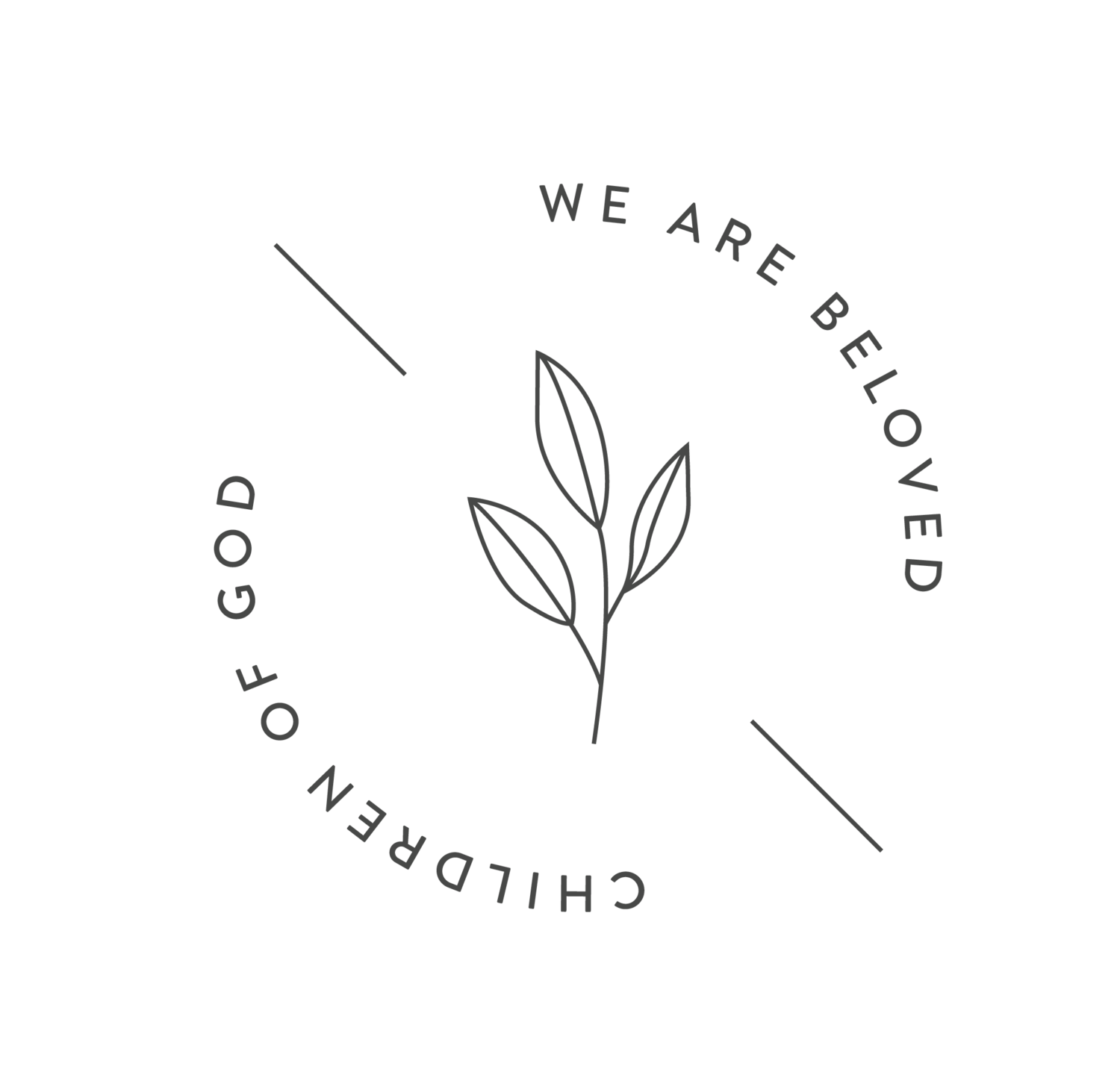Why we need 'Niksen'
“September affirmation: it is now the time to take action and incline towards where you want to be. It doesn’t matter if you make it or not, you need to choose. Make a decision and follow the flow of where it leads you to” - Anon.
September is the month of renewal, starting again and gaining perspective on where you are at, and where you want to go next. In the past, I have planned all of my goals to start from September- a toxic practice that simply creates this huge metaphorical mound of tasks that will be hard to achieve, all of them starting at the same time! In doing this, I encouraged my mind to stress and I set extremely high expectations for myself. When this resulted in failure, my mind encouraged me to give up and I literally said each and every time “ah I’ll do that from Monday instead” (face in palm).
So if you’re actually normal, September can be an extremely stressful time where it seems 786 things need to be completed ASAP. Kind regards, I can’t feel my heartbeat anymore!
But this is ok, and rather than procrastinating on YouTube to “help” me forget about the list temporarily, and then come back to it, and it’s worse because my deadline is closer, and then try Netflix this time to de-stress and so on and so forth, I learned the art of Niksen.
Niksen is calling
Niksen is the Dutch lifestyle concept of doing nothing. Practicing niksen doesn’t mean you need to stare at a wall. Something as simple as listening to music or going for a drive can be classified as niksen as long as what you are doing has no purpose and isn’t in any way productive.
As we ambivalently know and love, mindfulness is about being present in the moment. It’s not about achieving happiness. Happiness is overrated anyway. Being content and at peace with oneself and one's mind is all we really need for our wellbeing. Not all types of relaxation are fit for us though, we can find some that fit us best through practicing the art of living.
In the Netherlands, niksen has historically been dismissed as laziness or as the opposite of being productive, but as stress levels increase globally and cause burnout and other health problems, doing nothing is being framed as a positive remedy.
Personally, when that time of year comes where I am stressed at work, I am susceptible to a flu-like cold. However, I was thrilled to find in my research that slowing down has benefits for the aging process and strengthening the bodies ability to fight off colds and viruses. The thing with niksen is that even when we are practicing it, our brains are still processing information and trying to solve problems, causing more creativity within our minds. So it’s not like we have to try to see blank. Niksen shouldn’t feel like work. A 2013 study published in Frontiers in Psychology, on the pros and cons of a wandering mind, showed that this process can help an individual get inspired about achieving their goals and gain clarity about the actions to take in order to meet those goals in the future.
Where does my attention lie?
Obviously, there is one main downside to niksen and that is letting the mind wander for too long and getting caught up in ruminations. This clearly doesn’t result in a refreshed feeling of renewal. Niksen doesn’t need to be practiced everyday, nor does it need to be practiced for long. In fact, this can be damaging. Something as simple as reserving one evening a week with no plans or obligations can do the trick. The goal is to be able to sit alone in a room and enjoy it. It’s important to recharge your batteries and be the best version of yourself for your work, others around you, but most importantly, yourself, because at the end of the day, you are left with you and your thoughts.
Allow yourself to be. It’s a sort of self-therapy- processing yourself and everything. Maybe not resolving it, but processing it. Take a break from social media, the time-consuming Instagram reels/Tik Tok/YouTube/videos on Facebook, where your mind is subconsciously comparing all of the time. Social media makes you aware of everything, and it also gives you the false perception that things are way more important than they are. The result being constant FOMO (fear of missing out).
The Attention Diet
Mark Manson says that we need to “consciously limit our own comforts, to work hard for their information, and to deprive our attention of the constant stimulation that it craves. His attention diet framework has a series of steps, and the main idea is to consume less information.
There are three steps to Manson’s Attention Diet:
Correctly identify nutritious information and relationships
Cut out the junk information and relationships
Cultivate habits of deeper focus and a longer attention span
Junk information is information that is unreliable, unhelpful, unimportant, emotionally charged, and encourages addictive consumption patterns.
Nutritious information is information that is reliable, helpful, and likely important and encourages deep engagement and extended thought.
Junk relationships are people/groups who you have little face-to-face contact with and/or little mutual trust, who bring out your insecurities and consistently make you feel worse about yourself or the world.
Nutritious connections are people/groups who you have frequent face-to-face contact with and/or a lot of mutual trust who make you feel better and help you grow.
Our goal is to make our hobbies work for us rather than against us. Practicing niksen and the art of doing nothing definitely creates a space for us to hit the reset button and start again whilst avoiding the messy chaos of our overflowing minds.

